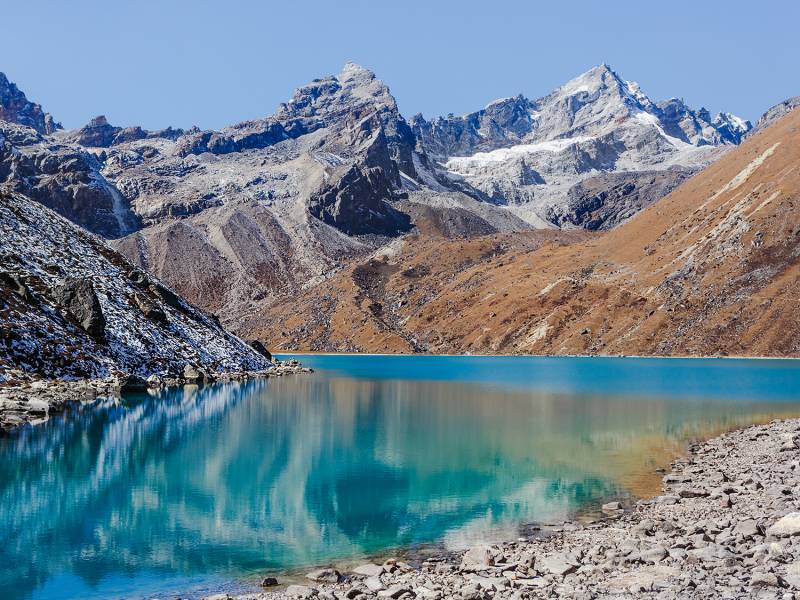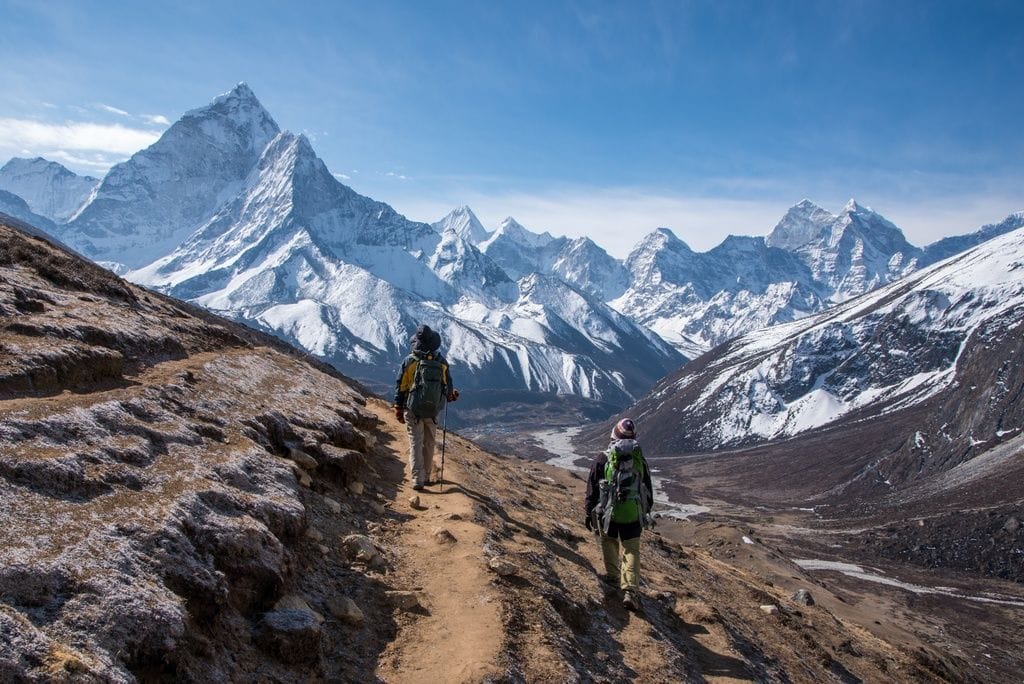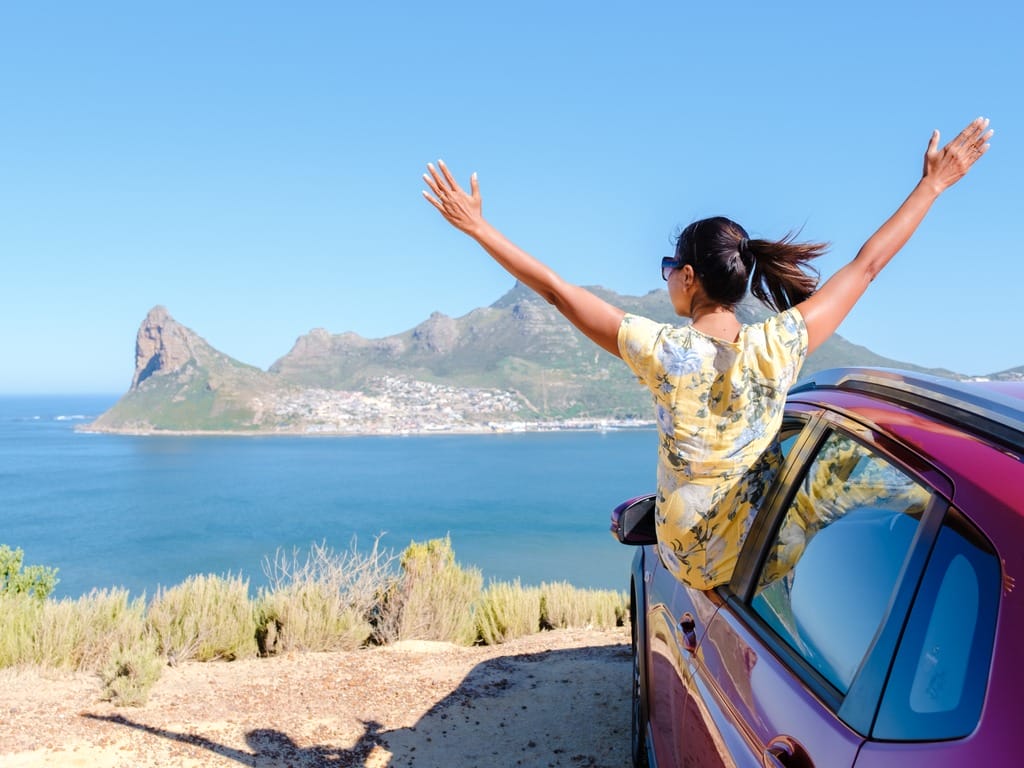Nepal, the land of breathtaking landscapes and rich cultural heritage, has long captured the hearts of adventurous souls seeking the thrill of trekking in the mighty Himalayas. This small country nestled between India and China offers an array of stunning trekking routes that cater to all levels of experience and fitness. Whether you are a seasoned trekker or a first-time explorer, Nepal has something magical to offer. In this article, we will delve into the wonders of trekking in Nepal, covering everything from understanding Nepal’s unique essence to preparing for your trek and ensuring safety along the way.
Understanding Nepal: A Brief Overview
Nepal, a small yet captivating country, offers a world of wonders to explore. Let’s delve deeper into the geography, climate, culture, and traditions that make Nepal a truly unique destination.
Geography and Climate
Despite its small size, Nepal boasts diverse geography and climate. From the rugged beauty of the Himalayas in the north to the lush green valleys in the south, the country offers a remarkable range of landscapes. The Himalayas, home to some of the world’s highest peaks including Mount Everest and Annapurna, allure adventurers from all corners of the globe.
As you journey through Nepal, you’ll witness the breathtaking grandeur of snow-capped mountains, cascading waterfalls, and pristine lakes. The lower regions of Nepal are blessed with a subtropical climate, where you can bask in the warmth of the sun and explore the vibrant flora and fauna. As you ascend to higher altitudes, cooler temperatures prevail, providing a refreshing escape from the heat and a chance to witness the majestic beauty of snow-capped mountains.

Culture and Tradition
Nepal is a melting pot of cultures and traditions. It is a unique blend of Hindu and Buddhist traditions, which have shaped the country’s rich cultural heritage. Throughout Nepal, you’ll find ancient temples and monasteries that stand as testaments to the country’s deep-rooted spirituality.
As you traverse through the remote villages during your trek, you’ll experience the warm and welcoming nature of the Nepalese people. They will open their homes and hearts to you, sharing their stories, traditions, and way of life. Immerse yourself in the vibrant festivals that take place throughout the year, where you can witness colorful processions, traditional dances, and religious rituals.
No visit to Nepal is complete without indulging in the delectable local cuisine. From momos (dumplings) to dal bhat (lentil soup with rice), the flavors of Nepal will tantalize your taste buds and leave you craving for more. Each dish tells a story of the country’s rich culinary history, with influences from neighboring countries like India and Tibet.
As you explore Nepal, you’ll come across intricate handicrafts, traditional music, and dance performances that showcase the artistic talents of the Nepalese people. From intricate wood carvings to colorful thangka paintings, these artistic expressions reflect the deep cultural significance and traditions that have been passed down through generations.
So, whether you’re seeking adventure in the mountains, spiritual enlightenment, or a cultural immersion, Nepal has it all. Embark on a journey of a lifetime and uncover the treasures that await you in this enchanting land.
Preparing for Your Trek: Essential Tips
Physical Fitness and Health Considerations
Trekking in Nepal demands physical stamina and endurance. Engaging in regular physical exercise and cardio workouts prior to your journey will greatly enhance your trekking experience. Not only will it improve your overall fitness level, but it will also prepare your body for the physical demands of trekking in high-altitude environments.
Consider incorporating activities such as hiking, running, and cycling into your exercise routine. These activities will help build your cardiovascular endurance and strengthen the muscles you will be using during your trek. Additionally, practicing yoga or Pilates can improve your balance and flexibility, which are important for navigating uneven terrains.
While physical preparation is crucial, it is equally important to prioritize your health. Before embarking on your trek, consult with your healthcare professional to ensure you are fit for high-altitude trekking. They can assess your overall health and provide any necessary recommendations or precautions based on your medical history.
Acclimatization is key when trekking at high altitudes. As you ascend to higher elevations, the air becomes thinner, and your body needs time to adjust. Planning rest days at certain elevations is essential to prevent altitude sickness. During these rest days, you can explore the surrounding areas, interact with local communities, and immerse yourself in the breathtaking natural beauty of Nepal.
Necessary Gear and Equipment
Having the right gear and equipment is essential for a successful trek in Nepal. Investing in a sturdy pair of trekking boots that provide proper ankle support is crucial. Before your journey, make sure to break them in by wearing them on shorter hikes or walks. This will help prevent blisters and discomfort during your trek.
Layered clothing is another important consideration. The weather in the mountains can be unpredictable, with temperatures fluctuating throughout the day. Dressing in layers allows you to adjust your clothing according to the changing weather conditions. Start with a moisture-wicking base layer to keep you dry and comfortable. Add a insulating mid-layer to provide warmth, and top it off with a waterproof and windproof outer layer to protect you from the elements.
In addition to clothing, there are several other essentials you should not forget. A good backpack is necessary to carry your gear and supplies. Look for one that is lightweight, durable, and has multiple compartments for easy organization. A reliable sleeping bag is also essential to ensure a good night’s rest in the mountains. Consider the temperature rating of the sleeping bag to ensure it is suitable for the conditions you will encounter.
Water is vital during your trek, but it may not always be readily available. Investing in a water purification system, such as a portable water filter or water purification tablets, will allow you to safely drink water from natural sources along the trail. This not only saves you money but also reduces the environmental impact of single-use plastic bottles.
Lastly, a well-stocked first aid kit is a must. It should include essentials such as adhesive bandages, antiseptic ointment, pain relievers, blister treatment, and any personal medications you may require. It’s also wise to bring trekking poles for added stability and to reduce strain on your knees, especially during steep descents.
Popular Trekking Routes in Nepal
Nepal, a country nestled in the heart of the Himalayas, is a paradise for adventure enthusiasts and nature lovers. With its diverse landscapes, rich cultural heritage, and warm hospitality, Nepal offers a wide range of trekking options for all levels of hikers. From the towering peaks of the Everest region to the tranquil valleys of Langtang, here are some of the most popular trekking routes in Nepal:
Everest Base Camp Trek
The Everest Base Camp Trek is undoubtedly one of the most iconic treks in the world. This challenging trek takes you through the stunning Khumbu region, offering incredible views of Mount Everest and its neighboring peaks. The journey begins with a thrilling flight to Lukla, a small mountain airstrip, followed by a trek through picturesque Sherpa villages like Namche Bazaar and Tengboche. Along the way, you’ll have the opportunity to visit ancient monasteries, where you can immerse yourself in the spiritual traditions of the region. The trek also provides a chance to experience the unique mountain culture that has thrived for centuries, as you interact with the friendly Sherpa people and learn about their way of life.

Annapurna Circuit Trek
The Annapurna Circuit Trek showcases the natural beauty of the Annapurna region in central Nepal. This trek will take you through lush valleys, rhododendron forests, and traditional villages, providing breathtaking panoramas of snow-capped peaks like Annapurna and Dhaulagiri. The journey begins in the vibrant city of Pokhara, from where you’ll drive to the starting point of the trek. As you hike through the diverse landscapes, you’ll have the opportunity to witness the changing scenery, from terraced fields and cascading waterfalls to barren high-altitude deserts. The highlight of this trek is crossing the famous Thorong La Pass, an exhilarating experience at 5,416 meters (17,769 feet) above sea level. This challenging ascent offers panoramic views of the Annapurna and Manaslu ranges, creating a sense of achievement and awe.
Langtang Valley Trek
The Langtang Valley Trek offers a serene escape from the bustling city life. Located close to Kathmandu, this trek takes you through the picturesque Langtang National Park, where you can witness the unique flora and fauna of the region. The journey begins with a scenic drive to Syabrubesi, from where you’ll start your trek. As you hike through lush forests and charming villages, you’ll be rewarded with stunning views of Langtang Lirung and other snow-capped peaks. Along the way, you’ll have the opportunity to interact with the friendly Tamang community, known for their rich cultural heritage and warm hospitality. The trek also provides a chance to visit the sacred Gosainkunda Lake, a place of pilgrimage for Hindus and Buddhists alike.
Whether you’re an experienced trekker or a novice adventurer, Nepal has something to offer for everyone. The trekking routes mentioned above are just a glimpse of the countless possibilities that await you in this beautiful country. So, strap on your hiking boots, pack your backpack, and get ready to embark on an unforgettable journey through the breathtaking landscapes of Nepal.
Safety Measures While Trekking
Trekking is an exhilarating adventure that allows you to explore the breathtaking beauty of nature. However, it is crucial to prioritize safety while embarking on such journeys. Here are some additional safety measures to consider:
Dealing with Altitude Sickness
Altitude sickness, also known as acute mountain sickness (AMS), can affect trekkers due to the rapid increase in altitude. It is essential to acclimatize properly to minimize the risk of AMS. Take your time to adjust to the altitude by spending a few days at a lower elevation before ascending further. This will allow your body to adapt to the changing oxygen levels.
In addition to acclimatization, staying hydrated is key to preventing altitude sickness. Drink plenty of fluids, preferably water, to keep your body hydrated throughout the trek. Avoid excessive caffeine and alcohol consumption as they can contribute to dehydration.
As you ascend, it is important to pace yourself and ascend gradually. Rapidly gaining altitude increases the risk of AMS. Take frequent breaks to rest and allow your body to adjust to the changing conditions. Listen to your body and be aware of any symptoms such as headache, nausea, dizziness, or shortness of breath.
If you experience persistent or worsening symptoms of altitude sickness, it is crucial to descend to a lower altitude immediately. Continuing to ascend can lead to more severe forms of altitude sickness, such as high altitude pulmonary edema (HAPE) or high altitude cerebral edema (HACE). Seek medical help as soon as possible to ensure your well-being.
Weather Conditions and Emergency Situations
While trekking in Nepal, it is important to be well-prepared for the unpredictable weather conditions that can arise. Always check the weather forecasts before starting your trek and dress accordingly. Layer your clothing to easily adjust to temperature changes. It is advisable to pack waterproof and windproof gear to protect yourself from unexpected rain or strong winds.
In case of an emergency, it is crucial to have the necessary knowledge and equipment to handle unexpected situations. Carry a reliable map and a compass to navigate your way through the trails. Consider hiring an experienced guide who is familiar with the region and can provide valuable assistance in case of emergencies.
Before embarking on your trek, take the time to familiarize yourself with the locations of emergency shelters and rescue services available in certain regions. Knowing where to find help can be a lifesaver in critical situations. It is also advisable to carry a first aid kit with essential medical supplies to address minor injuries or illnesses.
Remember, safety should always be your top priority while trekking. By taking the necessary precautions and being well-prepared, you can ensure a memorable and safe adventure in the majestic mountains of Nepal.
Respecting the Environment and Culture
As responsible trekkers, it is our duty to minimize the impact on the fragile mountain ecosystems. Always follow the principles of Leave No Trace, disposing of waste properly and respecting wildlife habitats. Use designated camping areas and avoid damaging vegetation. Additionally, support local initiatives that focus on environmental conservation and sustainable practices.
Respecting Local Customs and Traditions
Nepal is a culturally rich country with deeply rooted traditions. When trekking in remote villages, it is important to respect the local customs and traditions. Dress modestly, ask for permission before entering religious sites, and be mindful of your actions. Engage with the local community with respect and curiosity, and learn from their unique way of life.
Trekking in Nepal offers a life-changing experience filled with awe-inspiring landscapes, cultural immersion, and personal growth. Each trek brings its own set of challenges and rewards, making it an adventure of a lifetime.



